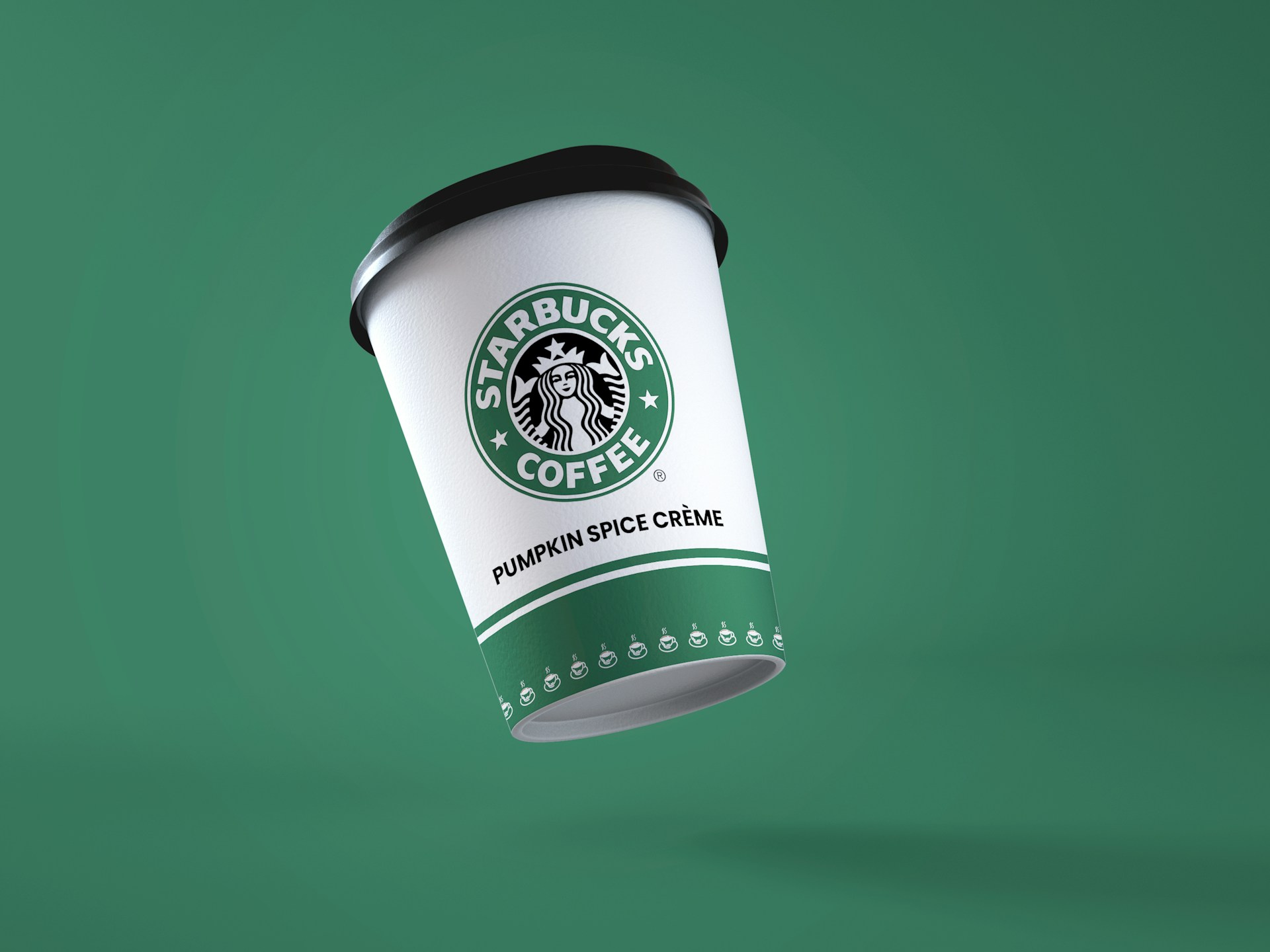The next time you order an iced coffee from Starbucks, it might not look all that different, but there’s a significant change underneath.
This Thursday, the company announced that the plastic cups for all sizes of its cold drinks have undergone an environmentally conscious redesign that uses up to 20% less plastic compared to the current version. This redesign is the latest effort by the company to reduce the environmental impact of its cups, which have been criticized for contributing to waste.
Developed internally at Starbucks as part of its ongoing sustainability efforts, the new cups are part of the company’s broader goal to cut its waste and carbon output in half by 2030. Like other major companies, Starbucks is aiming to reduce its reliance on plastic, which is primarily made from polymers derived from hazardous fossil fuels.
The new cups will debut in select locations in the US and Canada this year, with a full rollout expected by the spring of 2025.
In addition to using less plastic for the cups themselves – Starbucks projects that the new cups will save over 6,100 metric tons (13.5 million pounds) of plastic from ending up in landfills annually – they are “expected to reduce emissions and conserve water in the production process,” the company stated.
Starbucks conducted tests with baristas and customers to ensure that the change does not compromise the cups’ sturdiness or their ability to keep drinks cold.
The slight design tweaks include new accessibility features, such as black and white “fill lines” that allow for contrast with both light and dark beverages.
Another change is that the tall, grande, and venti sizes, three of the sizes offered by the company, now use the same size lid. Previously, the tall cup had its own lid while the grande and venti sizes shared one.
For employees, this will reduce clutter and save time in finding the right lid. Starbucks also mentioned that it added raised letters at the bottom of the cup so that “baristas can quickly confirm what size they are grabbing during a rush when all the cups are stacked upside down.”
Starbucks notes that its largest size, the trenta, which holds 900 ml (31 ounces), will continue to use a different size lid.
Striving for Sustainability
Cups (and the waste they generate) have long been a major issue for Starbucks.
In January, the chain expanded ways customers can fill their drinks with their own cups by adding the option for drive-thru and app orders.
Another sustainable initiative Starbucks tested is a cup loan program, in which customers pay a deposit for a durable cup they take with them and return after use.
In a 2021 pilot location in Seattle, customers paid a $1 deposit and had to return the recyclable cup to a smart bin located in the store to get their dollar back. The company has also trialed similar pilot programs in Japan, Singapore, and the UK.
However, these trials and changes are not enough to solve the “plastic crisis,” according to Emma Priestland, global corporate campaigns coordinator of Break Free from Plastic.
“While the world urgently needs to reduce plastic production for the environment’s sake, from the waste management perspective and the amount of plastic pollution entering the environment, merely reducing the amount of plastic while maintaining the same number of plastic items is not a true solution,” she told CNN.
